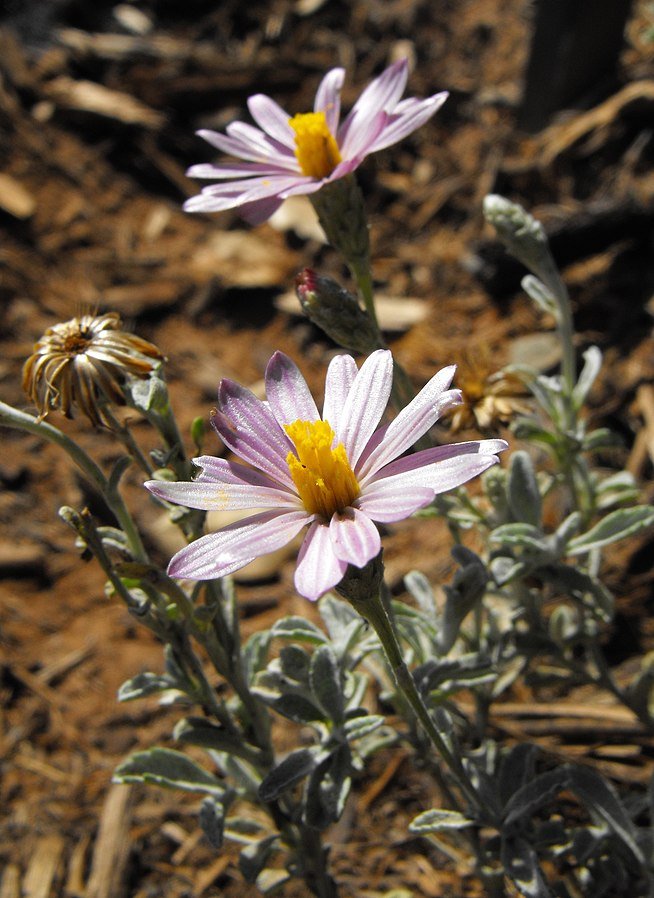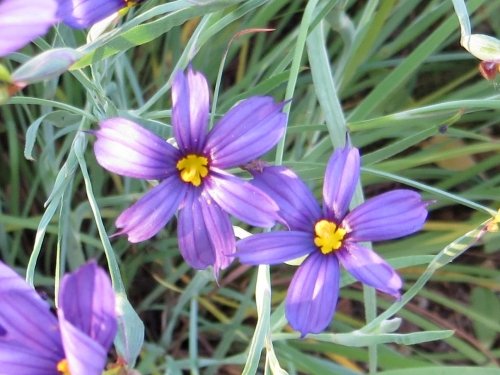 (PNG, 979KB)
(PNG, 979KB)
Clustered field sedge
Clustered field sedge (Carex praegracilis) is an evergreen grass that has an upright, mounding form. It spreads by rhizomes, has a soft texture, and produces flower clusters in the spring.
Sand dune sedge
Sand dune sedge (Carex pansa) is an evergreen grass that prefers a sandy soil and grows from a network of thin, coarse rhizomes. Flowers are made up of clusters of several spikes of dark brown flowers.
Red buckwheat
Red buckwheat (Eriogonum grande var. rubescens) is a matt-forming, evergreen perennial that produces flower stalks with clusters of white, pink, or red flowers. It has a long bloom time through the spring, summer, and fall, making it a favorite among pollinators, especially butterflies.
Common rush
Common rush (Juncus patens) is a grass-like plant that is tough and easy to grow. It can tolerate both wet and dry conditions, and produces red-brown flower clusters that sprout from the sides of the stems rather than the tips.
Point Sal Sage
Point Sal sage (Salvia leucophylla ‘Point Sal’) is a low-growing groundcover with grayish-green leaves that needs little water and maintenance. Lavender-pink flower stalks attract butterflies and hummingbirds. It can be pruned in late fall to produce a good flush in the spring.
 (JPG, 122KB)
(JPG, 122KB)
Silver Carpet aster
Silver Carpet aster (Corethrogyne filaginifolia ‘Silver Carpet’) is low- growing and compact with a mounding form, beautiful silver foliage, and pink flowers that last from summer through fall. Keep lightly pruned for best appearance.
 (JPG, 46KB)
(JPG, 46KB)
Blue-eyed grass
Blue-eyed grass (Sisyrinchium bellum) is an easy- to-grow perennial that reseeds easily, and will help fill in spaces. Its blue-purple flowers bloom in the winter and spring, and provide a pop of color in any landscape. A little extra water in the summer will help this plant look good year round.